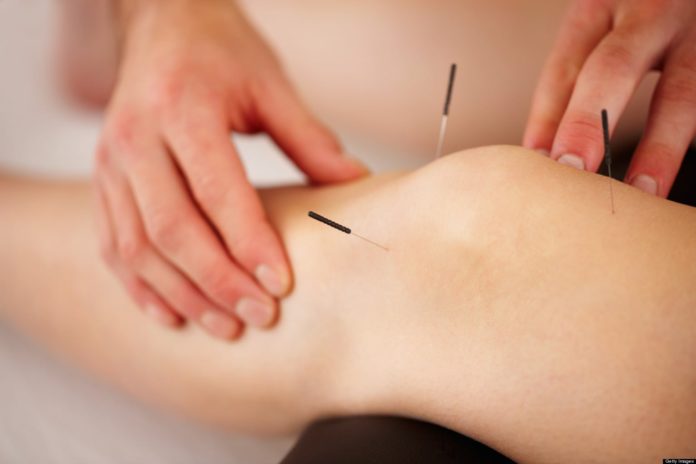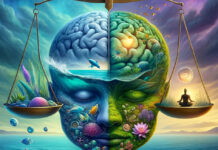
Put nerve pain in its place with these alternative therapies
By Jessica Evangelisti
Nerve pain has become a prominent condition that is well-known in the world. The nervous system is a network of cells and nerves that transmit messages to and from the body and the brain. When nerves become damaged, the brain receives a signal and processes the information as pain. The American Academy of Pain Medicine, National Institutes of Health, American Chiropractic Association, and American Society of Addiction Medicine released a study demonstrating that 126 million, or 55 per cent, of adults have experienced chronic pain in the last three months. The study also established that seven to eight per cent of adults worldwide suffer from neuropathic pain, with five per cent considered severe.
KNOW THE BASICS
There are three types of nerves in the body, each with their own specific jobs. Autonomic nerves control and regulate the heart rate, blood pressure, digestion, and temperature of the body. Motor nerves control the body’s movements and actions. Sensory nerves send messages from your skin and muscles to your spinal cord and brain.
There are two types of pain which are generally treated differently. Nociceptive pain is described as damage to the body tissue in a physical way—such as a fracture, sprain, amputation or joint deformities. A neuropathic pain is associated with various diseases—such as cancer, HIV, stroke, alcoholism, and shingles.
Symptoms and the experience of nerve pain varies from person to person, as it presents itself throughout the body in many ways, including tingling, prickling, loss of reflexes, and, in extreme cases, paralysis, and digestion issues.
RIPPLE EFFECT
Research from The American Pain Foundation has found that individuals with chronic nerve pain have higher rates of sleep problems, anxiety and depression. These side effects are strongly associated with chronic pain as they share nerve pathways and neurotransmitters that send messages between the brain and the nerves, making nociceptive and neuropathic pain treatments more complicated. Researchers found that an average of 65 per cent of depressed people complain of pain. They furthered this analysis by showcasing more than half of those who complain of pain are depressed, or are more likely to become depressed. As well, more than 32 million people report to experience pain for more than a year. Essentially, nerve pain has the power to magnify pain and ripple into other symptoms or health conditions, making the injury last longer than it normally would. This could include an increase of stress, low energy, mood disorders or changes, muscle pain, lower mental and physical performance, low self-esteem, fatigue, and weight loss or gain. Still, it is important to remember that once treated, the effect of depression, anxiety, sleep disturbances, and most importantly, nerve pain, is reduced.
THE RIGHT REMEDY
There are many forms of treatment that are recommended, dependent on the symptoms and cause of the pain. Pharmaceutical drugs, in the form of creams, lotions, gels, and patches, are provided when a patient is suffering from skin pain. Opioids are powerful pharmaceuticals used for severe pain, as they provides fast relief. Osteopathy treats musculoskeletal problems brought on by back and neck pain, headaches, and joint pain. This type of treatment correlates with nociceptive pain and can relate to other forms of treatment, like acupuncture, massage, and meditation, as a way for the body to relax and heal. Anticonvulsants or antidepressants are also effective with nerve pain, as they balance and calm the nervous system. This type of pain treatment is associated with diabetes, and is known to cause side effects of drowsiness and blurry vision. Antidepressants are used to not only relieve pain, but to balance the depression that often occurs with chronic pain. Lifestyle changes—including exercising, eating healthier, quitting smoking, and relaxation—will not cure chronic pain, but are often used as a treatment due to their ability to help the body and mind cope.
Electrical stimulation is a proven and painless technique formed from therapy that uses low current electricity to relieve pain. It blocks damaged nerves from sending pain messages to the brain and stimulates the nerves. Similarly, injections are used to medicate the nerve pain and stops messages being sent to the brain, ultimately providing short-term relief. If you’re suffering from chronic pain, understand that you do have options when it comes to treatment. Talk to your doctor about any or all of these remedies, and you’ll be standing strong in no time.













